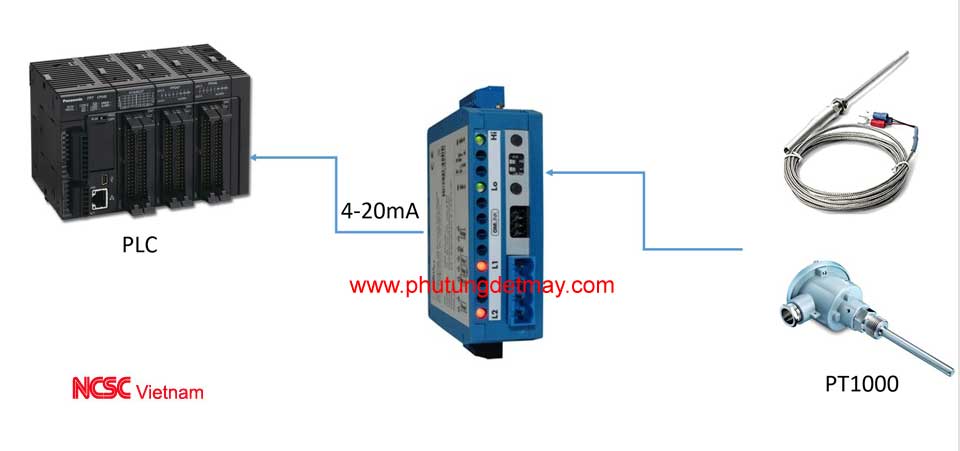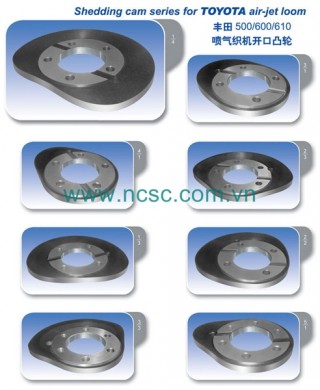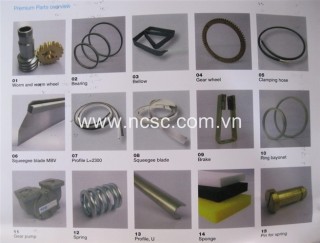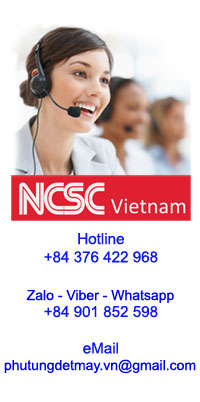THERMAL SENSOR
Almost all life, to physical, chemical systems, etc., is affected by temperature. It is because of that importance that temperature becomes the most measured quantity in the world. People measure the temperature to have an accurate figure of this environmental parameter and take appropriate measures. There are many ways as well as many devices to measure different temperatures, including using a temperature sensor. So what is a temperature sensor?
Post date: 17-08-2021
1,837 view(s)
THERMAL SENSOR
Almost all life, to physical, chemical systems, etc., is affected by temperature. It is because of that importance that temperature becomes the most measured quantity in the world. People measure the temperature to have an accurate figure of this environmental parameter and take appropriate measures. There are many ways as well as many devices to measure different temperatures, including using a temperature sensor. So what is a temperature sensor?
1/- What is a temperature sensor?
Thermistor is understood as a device used to measure the change in temperature of the quantities to be measured. Accordingly, when the temperature changes, the sensors will give a signal and from this signal the readers will read and convert into a temperature by a specific number.
Thermocouples are known for their ability to perform temperature measurements with much greater accuracy than can be achieved with thermocouples or thermometers.
2/- Structure – Working principle
The main structure of the temperature sensor is 2 different metal wires attached to the hot end and the cold end.
The working principle of the thermal sensor is mainly based on the relationship between the metal material and the temperature. Specifically, when the temperature is 0, the resistance is at 100Ω and the resistance of the metal increases as the temperature increases and vice versa. Specifically, when there is a temperature difference between the hot end and the cold end, an electromotive force V is generated at the cold end. The temperature at the cold end must be stable and measurable and it depends on the material. That is why there are types of thermocouples and each type gives a different electromotive force: E, J, K, R, S, T.
The integration with an analog signal converter improves the working efficiency of the thermal sensor and makes operation and installation easier.

3/- Types of heat sensor wire
- 2 wire temperature sensor
- 3 wire temperature sensor
- 4 wire temperature sensor
4.- It should be noted when using thermocouples:
The temperature sensor should be stored in a cool, dry place, away from direct sunlight and out of the reach of children.
When connecting, the wire connecting the probe to the controller should be as short as possible.
Compensate for loss in line by performing temperature compensation value setting. Large or small temperature compensation value depends on the length, wire material and installation environment.
Absolutely do not allow the terminals of the thermocouple to come into contact with the medium to be measured.
The connector needs to be in the correct direction of negative and positive.
NCSC Vietnam is currently providing many types of thermal sensors for many industrial fields with different models, shapes and sizes.
When in need, invite you to visit, here:
See more, Please click here !










Send your comment